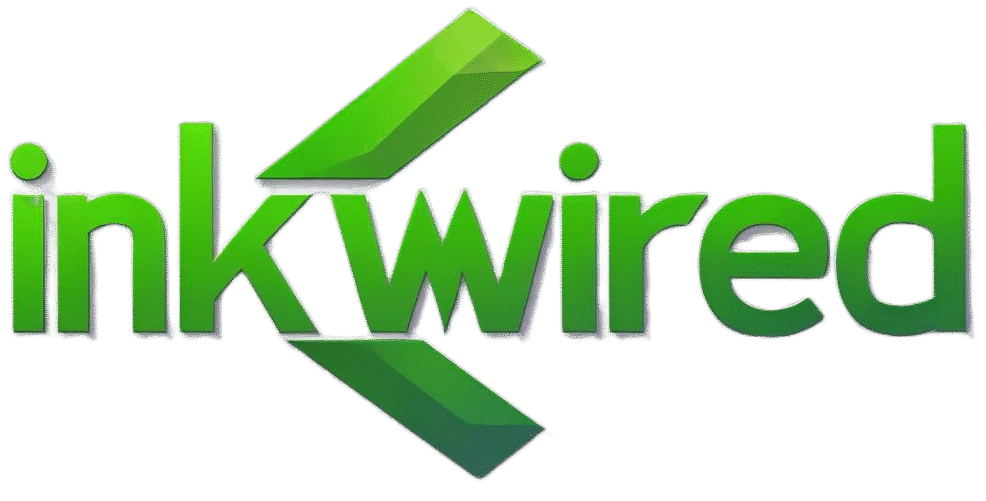In just a couple of decades, the “cloud” has evolved from a nascent technological concept into the omnipresent backbone of our digital lives. It’s transformed how businesses operate, how we consume entertainment, how we collaborate, and how we store our most precious memories. But what exactly is this seemingly ethereal “cloud,” and why has it become so indispensable?
What is the Cloud? Beyond the Mysticism
In its simplest terms, cloud computing is the on-demand delivery of computing services—including servers, storage, databases, networking, software, analytics, and intelligence—over the internet (“the cloud”). Instead of owning and maintaining your own computing infrastructure, you rent these resources from a third-party cloud provider, paying only for what you use.
Think of it like this: instead of building your own power plant to generate electricity for your home, you simply plug into the electrical grid and pay for the power you consume. Similarly, with the cloud, you “plug into” a vast network of remote servers and access computing power, storage, and applications as a service, without the burden of managing the underlying hardware and software.
The Pillars of Cloud Computing: Service Models
Cloud services are typically categorized into three main “as-a-Service” models:
- Infrastructure as a Service (IaaS): This is the most fundamental layer, providing virtualized computing resources over the internet. With IaaS, you get access to raw computing power (virtual machines), storage, and networking. You have the most control at this level, managing your own operating systems, applications, and middleware, while the cloud provider manages the physical infrastructure. Think of it as renting the land and building your own house.
- Examples: Amazon Web Services (AWS) EC2, Microsoft Azure Virtual Machines, Google Compute Engine.
- Platform as a Service (PaaS): PaaS provides a ready-to-use environment for developing, running, and managing applications. It includes the infrastructure (servers, storage, networking) plus an operating system, database, and development tools. This frees developers from managing the underlying infrastructure, allowing them to focus solely on coding and deploying their applications. Think of it as renting an apartment with built-in utilities and furniture.
- Examples: AWS Elastic Beanstalk, Google App Engine, Azure App Service.
- Software as a Service (SaaS): This is the most common and user-friendly form of cloud computing. SaaS delivers fully functional applications over the internet, accessible via a web browser or mobile app. The user doesn’t worry about any underlying infrastructure, software installation, or maintenance; everything is managed by the cloud provider. Think of it as simply using a finished product, like Netflix or Gmail.
- Examples: Salesforce, Microsoft 365, Zoom.
Deployment Models: Where Does Your Cloud Live?
Beyond the service models, clouds can also be deployed in various ways:
- Public Cloud: Owned and operated by third-party cloud service providers (like AWS, Azure, Google Cloud), these services are offered over the internet to the general public. They are highly scalable and cost-effective, but resources are shared among multiple tenants.
- Private Cloud: Dedicated to a single organization, a private cloud can be hosted on-premises or by a third-party provider. It offers greater control, security, and customization, but comes with higher upfront costs and management overhead.
- Hybrid Cloud: This model combines elements of both public and private clouds, allowing data and applications to be shared between them. It offers flexibility, enabling organizations to place sensitive data in a private cloud while leveraging the scalability of a public cloud for less critical workloads.
- Community Cloud: Shared by several organizations with common interests (e.g., industry, security requirements), often managed by one or more of the organizations or a third party.
- Multi-Cloud: Involves using multiple public cloud services from different providers simultaneously, often to avoid vendor lock-in or leverage best-of-breed services.
The Unstoppable Rise: Advantages of the Cloud
The rapid adoption of cloud computing stems from its compelling advantages:
- Cost Savings: Eliminates the need for significant upfront capital expenditure on hardware, software, and data centers. You pay only for the resources you consume, often on a pay-as-you-go model.
- Scalability and Elasticity: Resources can be rapidly scaled up or down to meet fluctuating demand, ensuring optimal performance without over-provisioning or under-provisioning.
- Accessibility and Mobility: Access data and applications from anywhere, at any time, on any internet-connected device, fostering remote work and global collaboration.
- Reliability and Disaster Recovery: Cloud providers build highly resilient infrastructures with redundant systems and automated backups, making data loss and downtime less likely than with on-premises solutions.
- Faster Innovation and Time-to-Market: Developers can quickly provision resources and deploy applications, accelerating development cycles and bringing new products and services to market faster.
- Enhanced Security: Reputable cloud providers invest heavily in cutting-edge security measures, often exceeding what individual organizations can achieve on their own, with dedicated security teams and advanced threat detection.
- Automatic Updates and Maintenance: Cloud providers handle infrastructure maintenance, software updates, and patching, freeing up internal IT teams to focus on more strategic initiatives.
Challenges and the Road Ahead
Despite its immense benefits, the cloud isn’t without its considerations:
- Internet Dependency: A reliable internet connection is crucial for accessing cloud services.
- Security and Compliance: While cloud providers offer robust security, organizations still share responsibility for securing their data and applications within the cloud environment. Compliance with industry regulations can also be complex.
- Vendor Lock-in: Migrating data and applications between different cloud providers can be challenging, potentially leading to reliance on a single vendor.
- Cost Management: While seemingly cost-effective, managing cloud spending can become complex for large organizations with diverse workloads.
Looking to the future, the cloud’s evolution is tightly intertwined with other cutting-edge technologies. We’re seeing increased integration with:
- Artificial Intelligence and Machine Learning: Cloud platforms are becoming the primary environment for developing and deploying AI/ML models.
- Edge Computing: Processing data closer to its source (at the “edge” of the network) to reduce latency, often complementing centralized cloud resources.
- Serverless Computing: Further abstracting away server management, allowing developers to focus purely on code execution.
- Quantum Computing: Early forays into making quantum computing accessible as a cloud service.
- Sustainability: Cloud providers are increasingly focusing on energy efficiency and sustainable practices in their data centers.
The “cloud” is no longer just a buzzword; it’s a fundamental shift in how we build, deploy, and consume technology. As its capabilities continue to expand and integrate with emerging innovations, its role as the invisible, indispensable fabric of our digital world is only set to grow stronger.

